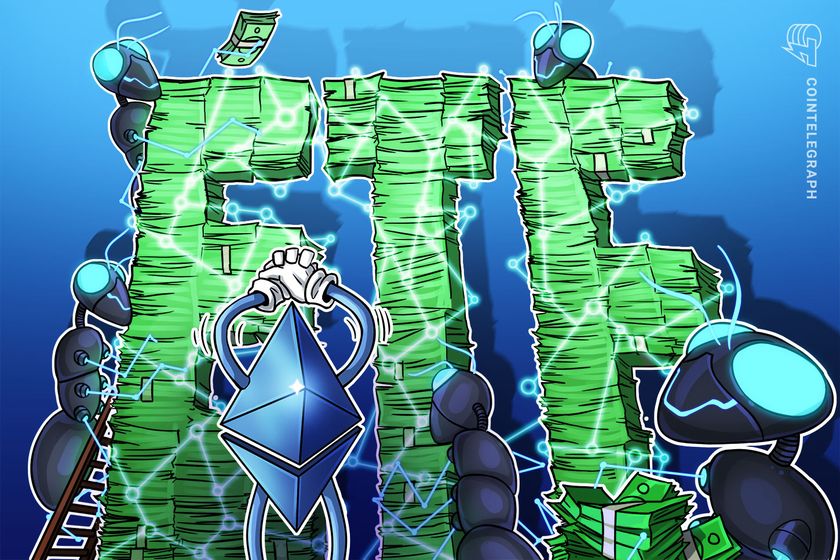Bitcoin price jumps in the wake of First Republic Bank crash

The price of Bitcoin has bounced upwards as First Republic Bank deposit slump sparks fresh banking crisis fears in the United States.
The price of Bitcoin (BTC) spiked more than 3% in the last 24 hours as fears were sparked of another possible imminent bank failure as First Republic Bank (FRC) shares closed down more than 50% on April 25.
According to the Head of Research at Australian crypto education platform Collective Shift, the price of Bitcoin rallied immediately following Fox News Business Reporter Charles Gasperino breaking the news that bankers working with First Republic Bank expect the institution to go into government receivership.
#Bitcoin $BTC is up 2.4% in the last 90 minutes after @CGasparino breaks the news that bankers working with First Republic Bank $FRB “expect eventual govt receivership.”
Price was $27,500 at the time of the tweet and is now $28,150. pic.twitter.com/aSjzFXiip6
— Matt Willemsen (@matt_willemsen) April 25, 2023
Receivership is a tactic allowing creditors to recover funds that are experiencing a potential default and assists troubled firms in avoiding bankruptcy.
Data from crypto analytics firm Santiment suggested the correlation between Bitcoin and the S&P500 may be dwindling as the narrative that Bitcoin is a safe haven amid the banking crisis began to once again gather steam.
Just minutes after US stock markets winded down their rough day, #crypto has had signs of life. With $BTC pushing for $28.5k & $ETH closing in on $1,900, these surges without reliance on the #SP500 are ideal for the market’s independent sustainability. https://t.co/0XeNVf9Vaz pic.twitter.com/KeJ1408UiN
— Santiment (@santimentfeed) April 25, 2023
First Republic began experiencing issues in early March which led to 11 of the largest banking institutions in the United States, including J.P. Morgan and Bank of America Corp., depositing $30 billion at the troubled bank.
On March 26, Bloomberg reported that U.S. authorities were looking at creating an emergency lending facility to assist the bank in shoring up its ”structural challenges” with its balance sheet.
According to anonymous sources at the time, despite First Republic staring down the barrel of liquidity concerns, U.S. officials declared the bank’s deposits were “stabilizing,” and it was not at risk of experiencing “the kind of sudden, severe run” that led regulators to close down Silicon Valley Bank.
Unfortunately, these reassurances have proved incorrect.
On Monday, April 23, First Republic reported in its first quarter earnings call that total deposits had plummeted more than $100 billion and it would be “pursuing strategic options” to strengthen its financial standing as quickly as possible.

While the bank is yet to clarify exactly what these strategic options are, the earnings report highlighted that the embattled firm plans to downsize its balance sheet and cut expenses by slashing executive salaries, slimming down on office leases and laying off an expected 20% to 25% of its employees in Q2.
Related: Bitcoin price can ‘easily’ hit $20K in next 4 months — Philip Swift
The banking crisis has taken a heavy toll on financial institutions in the U.S. over the course of this year. On March 8, Silvergate Bank announced that it would be closing its doors after experiencing a run on deposits.
Two days later on March 10, Silicon Valley Investment Bank was shut down by the California Department of Financial Protection.
Despite the turmoil, U.S. Treasury Secretary Janet Yellen has reiterated that the American banking sector remains robust and stable. “Our banking system remains sound, with strong capital and liquidity positions,” Yellen stated in remarks from the Financial Stability Oversight Council (FSOC) Council Meeting on April 21.









